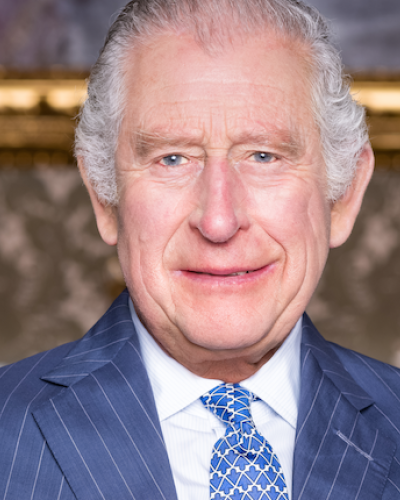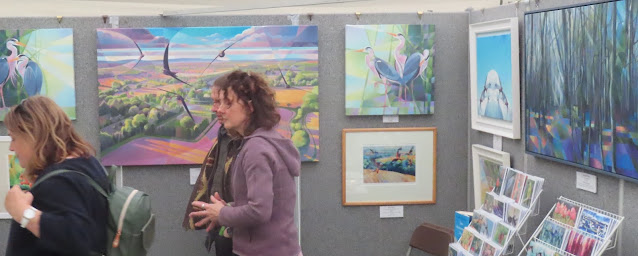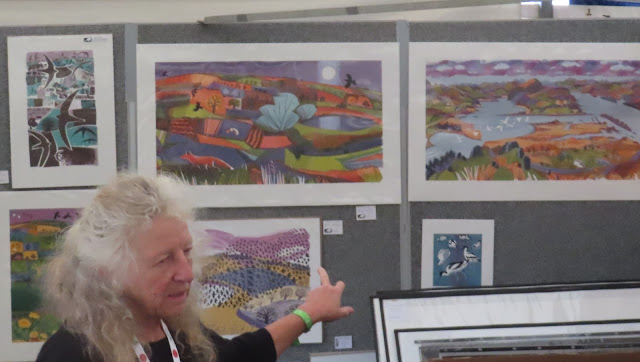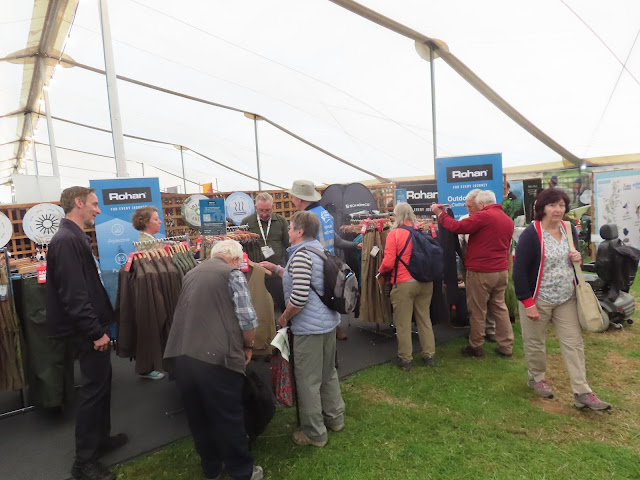 |
| Paddyfield warbler - bird of reedbeds in central Asia with a few populations on the west coasts of Bulgaria and Romania |
THE appearance in Staffordshire this week of a paddyfield warbler comes almost 100 years since the species was first recorded - on Fair Isle - on September 26, 1925.
It was reported by Rear-Admiral John Stenhouse (1865-1931), a retired surgeon and keen student of bird migration.
Almost a week later, on October 1, it was shot by George 'Fieldy' Stout (1886-1966) who was a protege of Stenhouse and was with him, plus Jerome Wilson, at the time the bird was found.
An extraordinary capable birder, Stout was subsequently credited with many notable 'finds' including Britain's first pallid harrier in May, 1931.
 |
| 'Fieldy' Stout - the man with the gun |
Fast forward to on the morning of September 16, 1953, when Britain's second record of this species was detected, also on Fair Isle, in a tired state, in bracken on the Brae of Resting by R. J. Wightman and W. Conn.
It was later trapped and examined in the laboratory by the same duo, plus, among others, Fair Isle observatory director Kenneth Williamson, his wife Esther, Anthea Riddolls, Helga Hitchen, J. Webb and R. Burn.
Williamson subsequently described the discovery in detail for the journal, British Birds (September 1954.)
"We all found it a distinctive but very puzzling bird," he wrote. "In reporting it to me, Wightman described it as 'a huge, exotic warbler', and this description seemed very apt.
"It looked at least as big as a barred warbler with an equally long tail.
"Its general appearance was pale reddish-brown above and sandy-buff below, and there was a very prominent cream-coloured superciliary stripe.
"My own first impression was that it must be a great reed warbler, but the clear eye-stripe seemed to rule out this possibility.
"Rufous warbler was considered, but there was no white in the tail.
"Gray's grasshopper warbler - which has occurred twice in Europe - was another possibility.
"Quite clearly we had to trap the bird if we were to determine its species."
The first effort, using a portable Heligoland trap laid over the bracken, failed because, having been driven into it, the bird escaped through the mesh "with ease".
Continued Williamson: "The warbler then took cover in some bracken at the base of a three-foot high peat-bank, and we decided that our best chance of catching it was to stalk it from above the bank with a small-meshed Yeoman net which we planned to drop on top of it.
"This unorthodox method sufficed, and, when the operation was complete, we were all very surprised to see how small the bird really was!"
By comparing its plumage with the skins of confusion species, the bird's identification as a paddyfield warbler was confirmed.
The bird was subsequently was ringed and released whereupon it flew to the North Haven beach and was not seen again.
A quarter of a century later in in its edition of March 3, 1978, British Birds reported on a bird that had been present between September 30 and October 15,1974 on St Mary's, Isles of Scilly.
Say the authors, D.S. Flumm and N.A.G. Lord: "At 4pm, DSF located the warbler feeding actively in common reeds at the seaward end of Porth Hellick pool.
"With NAGL, he watched it for two hours in good light at very close quarters."
The initial impression of the duo was of a very pale, 'washed-out' sedge warbler.
"The bird's behaviour was extraordinary: it constantly flicked its tail, which was invariably held cocked, the body feathers were rather fluffed out, and the folded wings were always slightly drooped.
"It spent the entire time flycatching from the tops of the reeds or feeding on the ground, and, on occasion, would 'crash' through the vegetation like an icterine warbler.
"We heard it call 14 times: a very soft, yet affirmative 'check' or 'chac', quieter than the note of a sedge warbler.
"The possibility of booted warbler was dismissed because the head and general coloration were unlike those of that species."
Because of considerable identification difficulties faced by the 60 to 80 observers - many of whom considered the bird to be a leucistic sedge warbler - it was deemed that the bird should be trapped and scrutinised in the hand.
Permission to trap the warbler was obtained from the Nature Conservancy Council, and it was successfully mist-netted and retained in the hand for 25 minutes.
Even after this, ID doubts and controversies remained.
The British Birds report notes that it was only after "prolonged study" that the Rarities Committee decreed the bird to have been a paddyfield warbler - thought to have been be the fourth British record.
Since then, it is understood that up to 130 paddyfield warblers have been recorded in Britain. including birds as far apart as Hartlepool on England’s east coast and Bardsey Island off Wales’ west coast.
The precise location of this week's Staffordshire but visitor is understood to be a private site to which only a few ornithologists have access.
More details about this bird and how it was identified are expected to emerge in due course.
* Top photo: paddyfield warbler in India by Shino Jacob Koottanad via Wikimedia Commons.
































































